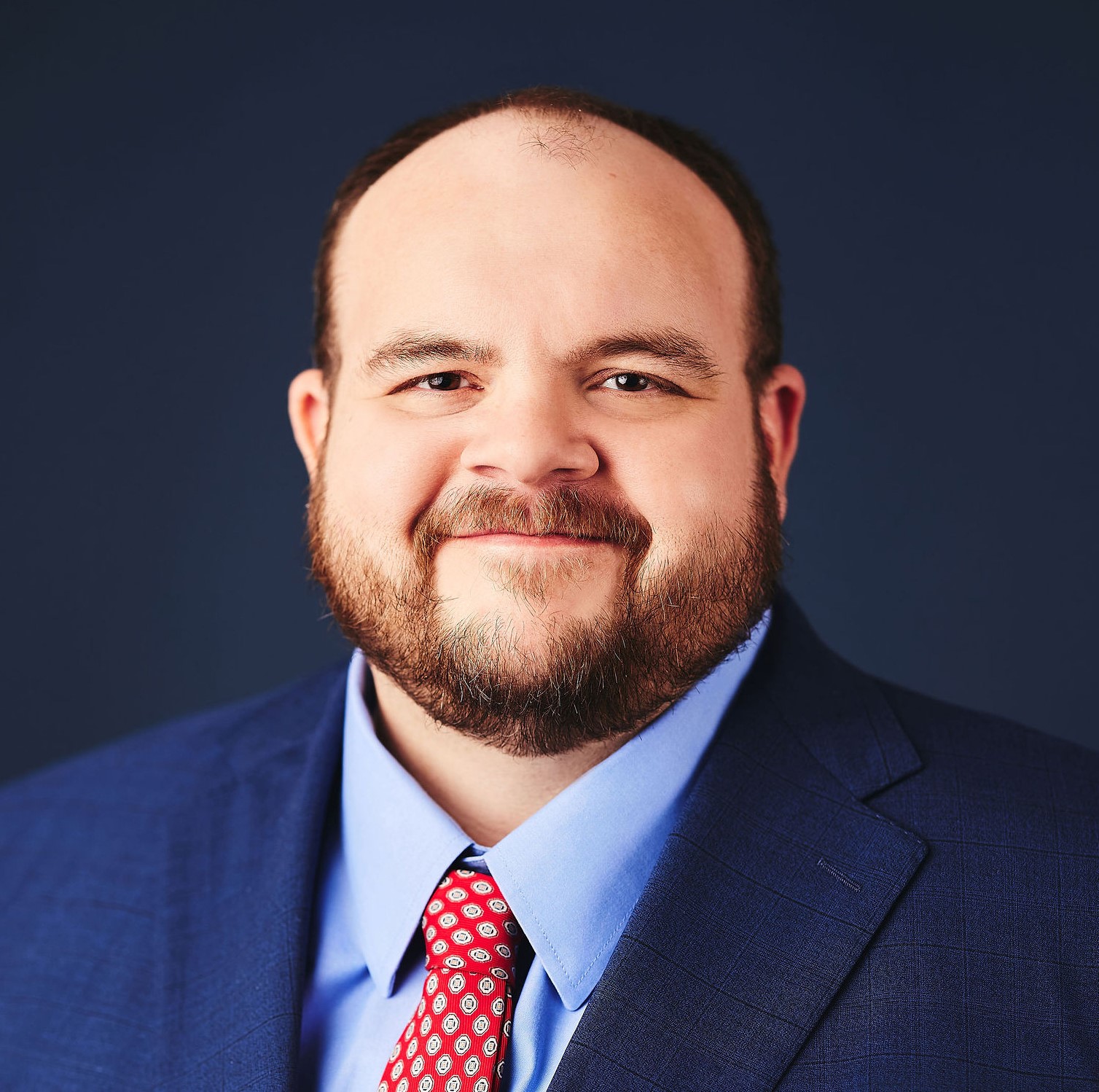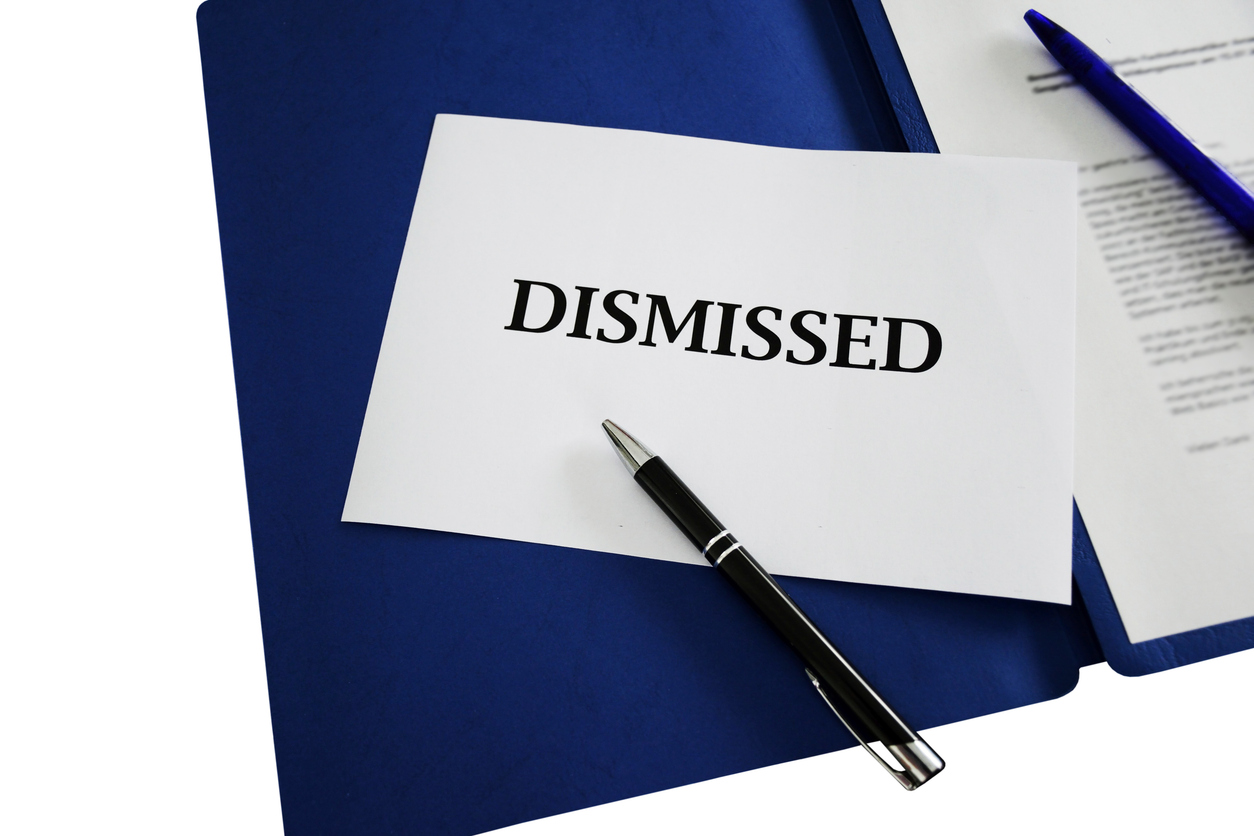The conversation around insurance affordability often overlooks one crucial element: long-term structural resilience. The second issue overlooked is short-term cost. Why aren’t our leaders being honest with these issues? Are they afraid to speak about the elephant-in-the-room issues?
While many leaders in the insurance community focus on cost-cutting and short-term fixes, it is essential to recognize that investing in safer, more resilient buildings and communities secures not only immediate protection but also a sustainable future. This discussion invites us to look beyond initial expenses and examine the hidden costs embedded in “affordable” structures.
Many homeowners choose asphalt shingles primarily because they are inexpensive and widely available. However, while these materials can perform adequately when installed correctly, they are inherently vulnerable to nature’s more extreme forces. Asphalt shingles, though economical upfront, are more susceptible to wind uplift and water intrusion, particularly when battered by hurricane-force winds and heavy rains. In contrast, alternative roofing materials such as metal or tile offer enhanced durability and longevity. The trade-off is clear: the lower initial cost of asphalt comes at the expense of long-term resilience, which in turn can lead to increased insurance claims and greater financial exposure for both policyholders and insurers.
This fundamental dilemma in construction and insurance has taken on added urgency in recent debates about the future of roofing materials. Over the past several months, Florida’s Insurance Commissioner, Mike Yaworsky, has raised significant concerns regarding asphalt shingle roofs, particularly in light of the state’s harsh weather conditions. At the Florida Chamber’s annual Insurance Summit, Commissioner Yaworsky questioned the claim that asphalt roofs could last for 30 years in Florida, suggesting instead that it might be time to “start writing them out of the plot” in the state. His remarks have ignited a broader discussion on whether these popular roofs are truly a viable option in regions prone to catastrophic weather events.
Commissioner Yaworsky’s concerns were underscored by a report completed in June by Applied Research Associates, Inc. (ARA). The report, which cited rigorous testing conducted by the Insurance Institute for Business & Home Safety along with other reputable organizations, found that roofs engineered for genuine hurricane resistance have an average lifespan of only about 10 years before their protective qualities begin to decline. In Florida, a state where severe weather is a constant reality, such findings pose a serious challenge to the long-held belief that asphalt shingles provide a cost-effective roofing solution. As these materials deteriorate more quickly than expected, they not only drive up the frequency of insurance claims but also compel regulatory changes that further complicate coverage and underwriting practices.
Yet, is this report accurate? Does the roofing industry agree with its findings? Did Commissioner Yaworsky invite the roofing industry into the framing of this study and provide data from it before releasing its results? Does Commissioner Yaworsky appreciate that many of us are skeptical of Florida’s OIR leadership? I again remind everybody and suggest they read Ding Dong the Wicked Insurance Witch Is Dead! Florida’s Insurance Commissioner Resigns!
Prominent roofing experts have also entered this debate, calling for a shift toward more resilient alternatives. The upcoming International Roofing Expo will certainly invite more discussion on this issue. I anticipate Merlin Law Group attorney Steven Bush, known for his expertise in obtaining inside information, as noted in CBS 60 Minutes Exposes Alleged Insurance Company Fraud: Adjusters Reveal Altered Hurricane Damage Estimates by Claims Management, and with Dr. Phil, as noted in The Rising Insurance Crisis: Advocating for Policyholders Beyond the Courtroom—Dr. Phil Primetime with Steven Bush, may provide a platform for an insider discussion about the veracity of this study and the future of asphalt roofing in windstorm and hailstorm-prone states. Regardless, this evolving dialogue indicates that the property insurance industry is actively reconsidering its traditional reliance on asphalt shingles and that action is coming sooner rather than later.
Beyond the specific debate over roofing materials, a broader principle emerges: Property insurance is a social product that hinges on the collective investment of communities in safety and sustainability. Historically, communities have demonstrated that coordinated efforts—such as the fire safety measures implemented in 19th-century urban centers—can make areas more insurable and attractive to insurance providers. Today, as severe weather events involving hurricanes, hailstorms, and tornadoes become more frequent and intense, the lesson remains the same. A community’s commitment to long-term structural resilience not only reduces immediate risks but also bolsters overall stability, ultimately lowering the future financial burden on both policyholders and insurers. Is it time to abandon old methods and materials of roof construction?
The economic and social benefits of resilient construction are substantial. Although transitioning to more durable materials requires a higher initial investment, the long-term savings from reduced repair needs and fewer insurance claims may be significant enough to require drastic change. In addition, a resilient infrastructure contributes to the vitality of local economies by stimulating job creation in construction and related fields while enhancing the quality of life for residents. The challenge lies in overcoming the upfront costs and regulatory hurdles that currently favor cheaper, less durable solutions. Policy interventions, such as tax incentives and government subsidies, may play a vital role in encouraging stakeholders to adopt more sustainable building practices.
As leaders in the insurance and construction sectors reframe the conversation from short-term affordability to long-term safety and stability, it becomes clear that a comprehensive approach to risk management is essential. Whether it is rethinking the role of asphalt roofs in a state like Florida or investing in overall structural resilience, the path forward demands a willingness to embrace higher initial costs in exchange for enduring benefits. Two years ago, I argued in Enforcement of Building Codes and Manufacturer Specifications Are Safety and Insurance Issues:
The enforcement of building codes that strengthen and harden structures is more than a regulatory issue; it’s a commitment to resilience and community safety. Imagine the transformative impact when homes and structures are built and maintained with the utmost care and adherence to these codes and specifications. The stories of buildings standing firm against the fiercest storms, sheltering families and memories within their steadfast walls, are not just tales of survival but of triumph. When a community unites to build legally and robustly, it’s not just about following laws; it’s about forging a legacy of strength, safety, and common sense risk management. We have the power to turn the tide against preventable damage. It just takes commitment and discipline. It starts by alerting our leaders that this is an important issue that cannot be ignored.
Ultimately, demanding that our leaders support insurance affordability and structural resilience through honest dialogue and transparent studies aligns our construction practices with the realities of the rapid environmental changes we face. We can build stronger, more resilient communities that protect lives, save money over time, and foster sustainable growth. We need leaders to honestly explain why, show why, and lead the way.
Thought For The Day
“The problem with words is that they don’t mean a thing unless you back them up with action.”
—Clint Eastwood in “For a Few Dollars More”




